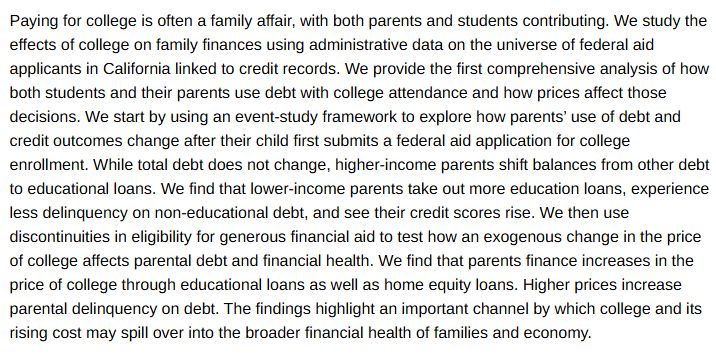Reposted by: Jonathan Smith, Aaron Sojourner
@gsueconomics.bsky.social #econsky
👇 Here’s a quick introduction to each candidate.

by Joshua Goodman — Reposted by: Jonathan Smith
GSU has an impressive econ department, full of great applied micro folks and the Georgia Policy Lab that supports work directly relevant to improving public policy.
Reposted by: Jonathan Smith
Thanks to @jonisaacsmith.bsky.social y.social for co-organizing, and a big thank-you to our endowed chairs for sponsoring this event!

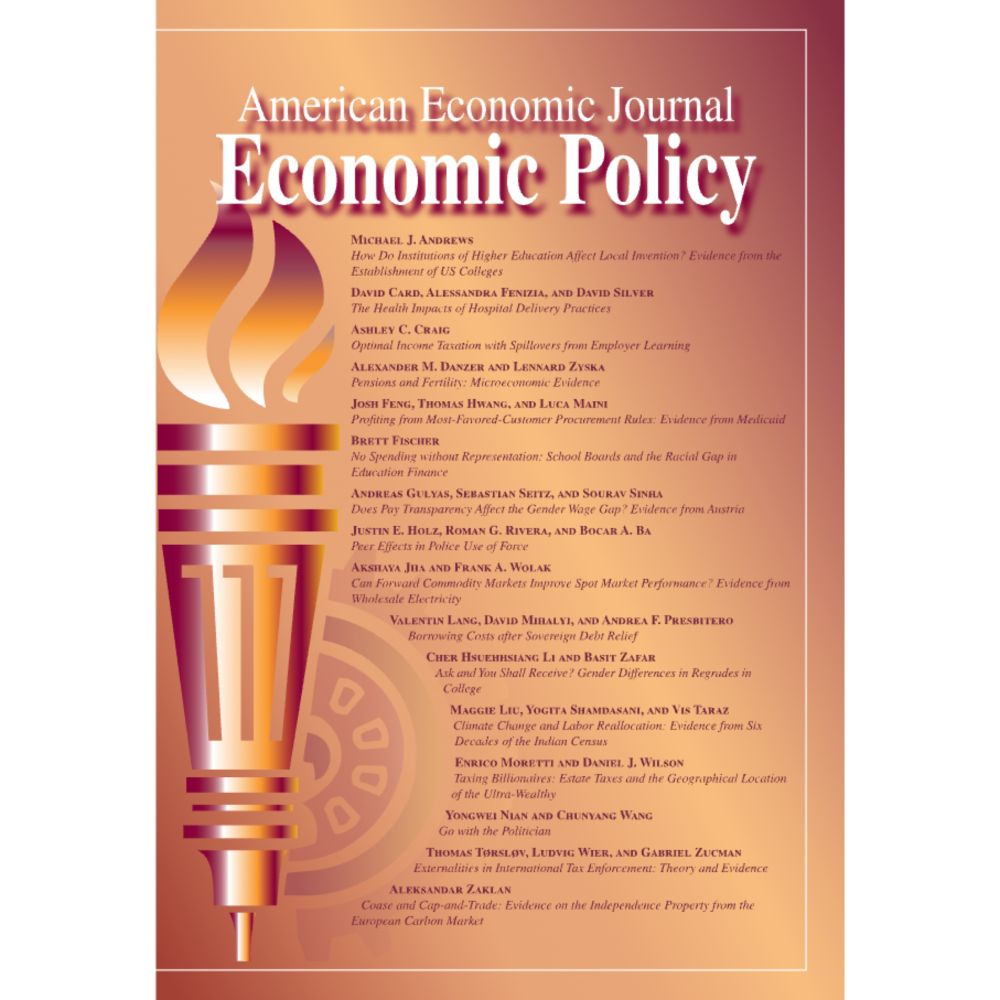
Reposted by: Jonathan Smith, Caroline Krafft, Joshua Goodman

by Brazil — Reposted by: Jonathan Smith
by John Holbein — Reposted by: Jonathan Smith, Fabrizio Bernardi
Well, because of our new working paper you do!
@mike-bloem.bsky.social, @jonisaacsmith.bsky.social, sam imlay
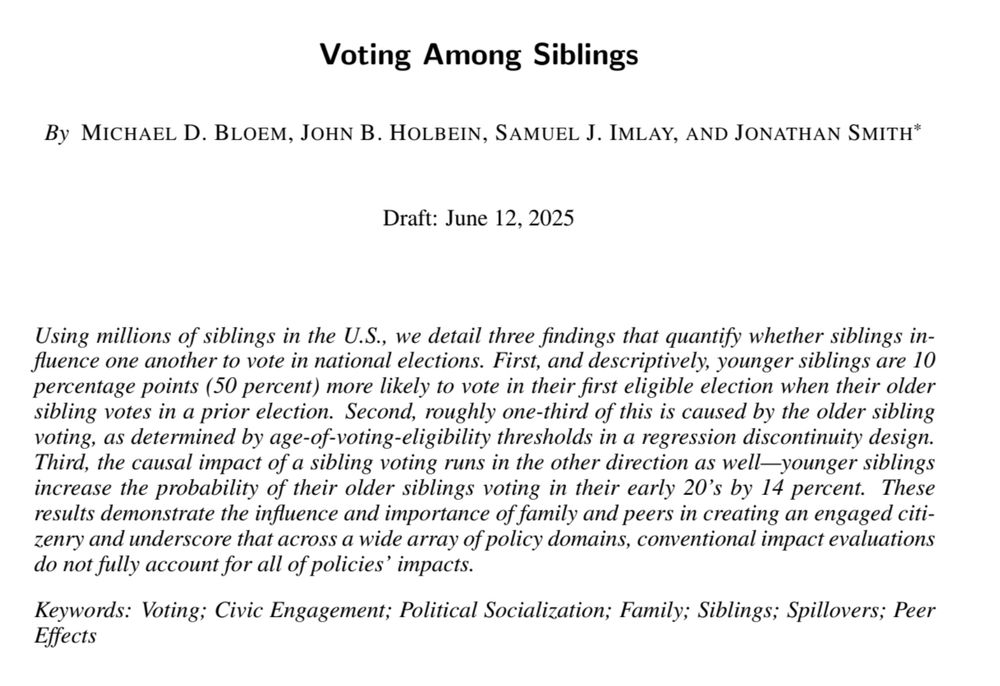
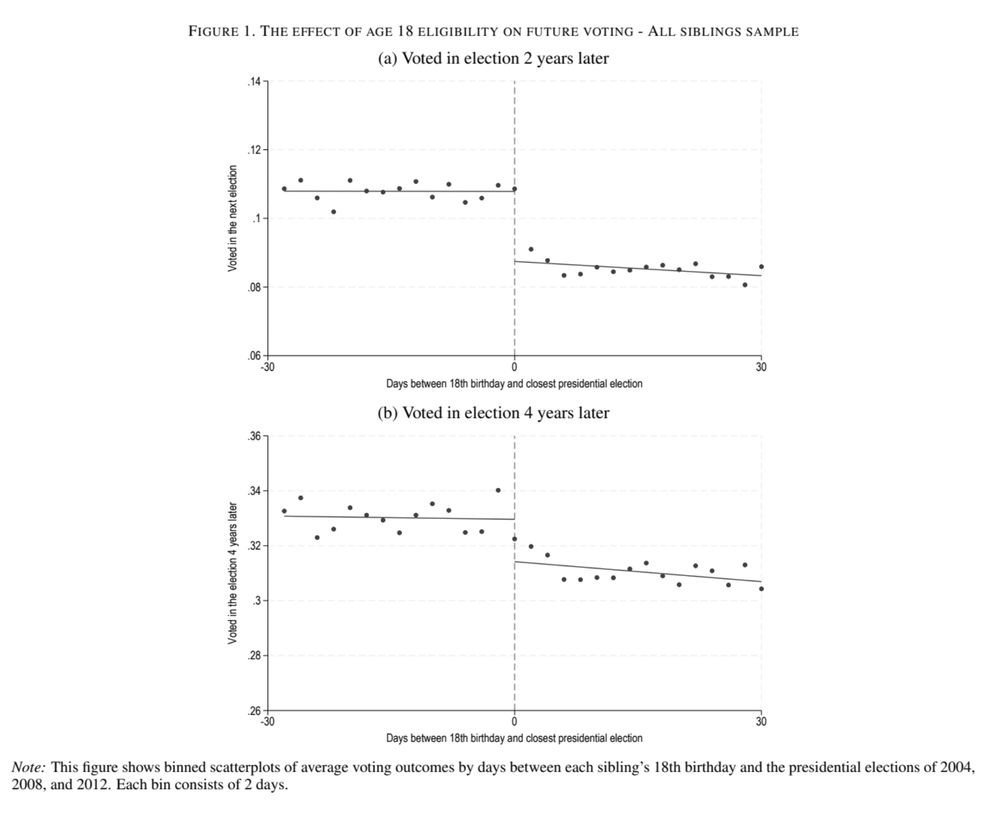
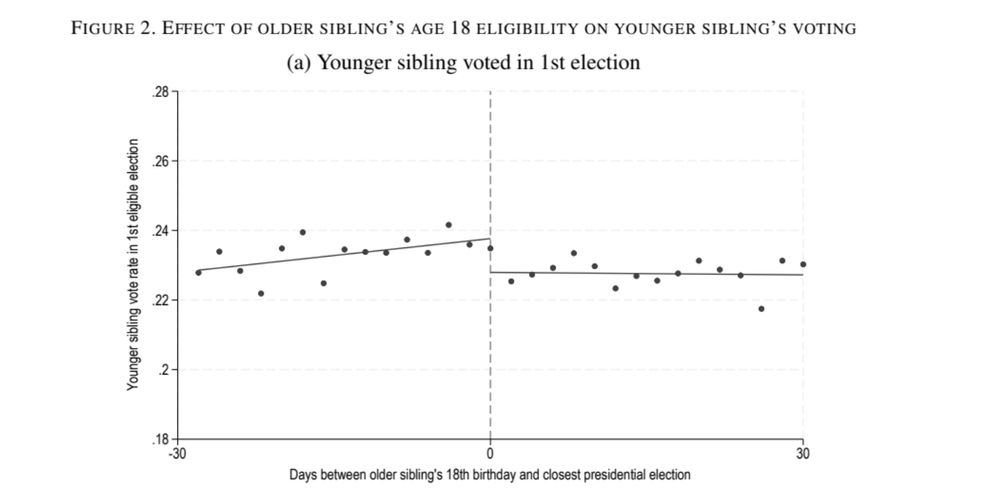
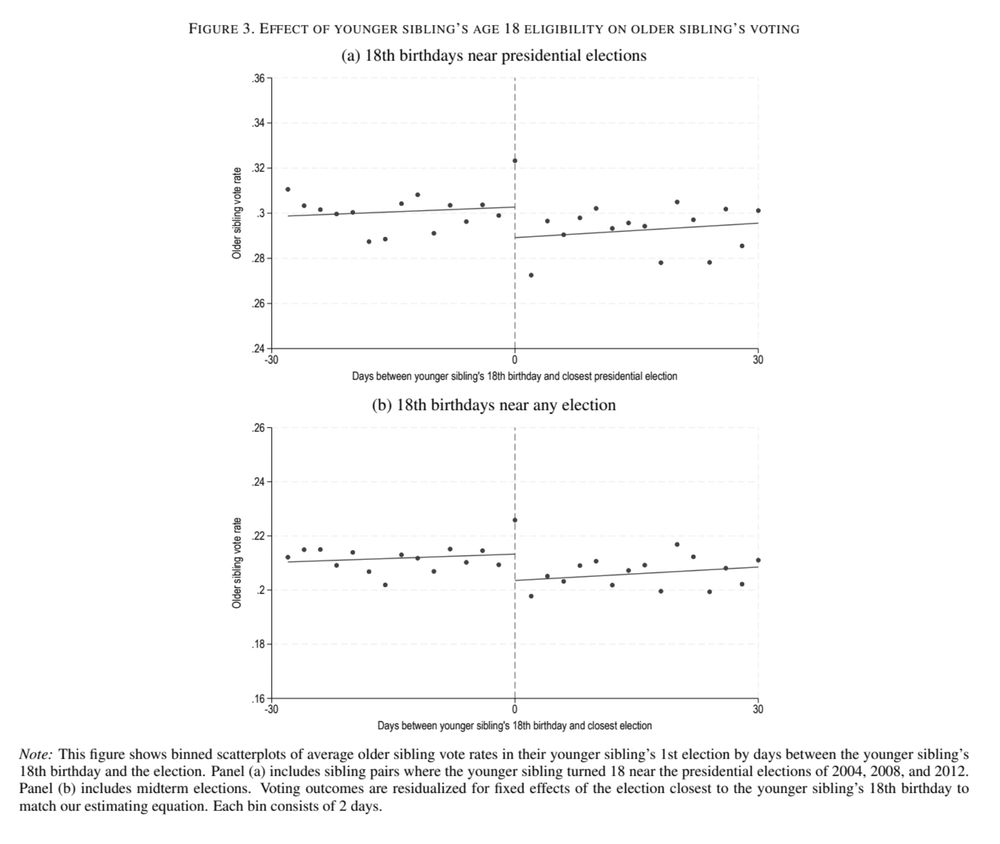
Reposted by: Jonathan Smith
Reposted by: Jonathan Smith
by John Holbein — Reposted by: Jonathan Smith
by Aaron Sojourner — Reposted by: Jonathan Smith
Got to see him present it @upjohninstitute.bsky.social recently. New & interesting.
#EconSky
equitablegrowth.org/the-hidden-t...

Reposted by: Jonathan Smith
doi.org/10.1002/pam.....

Reposted by: Jonathan Smith
Economist Jonathan Smith Receives Georgia State Ignite Research Award news.gsu.edu/2025/04/04/e...
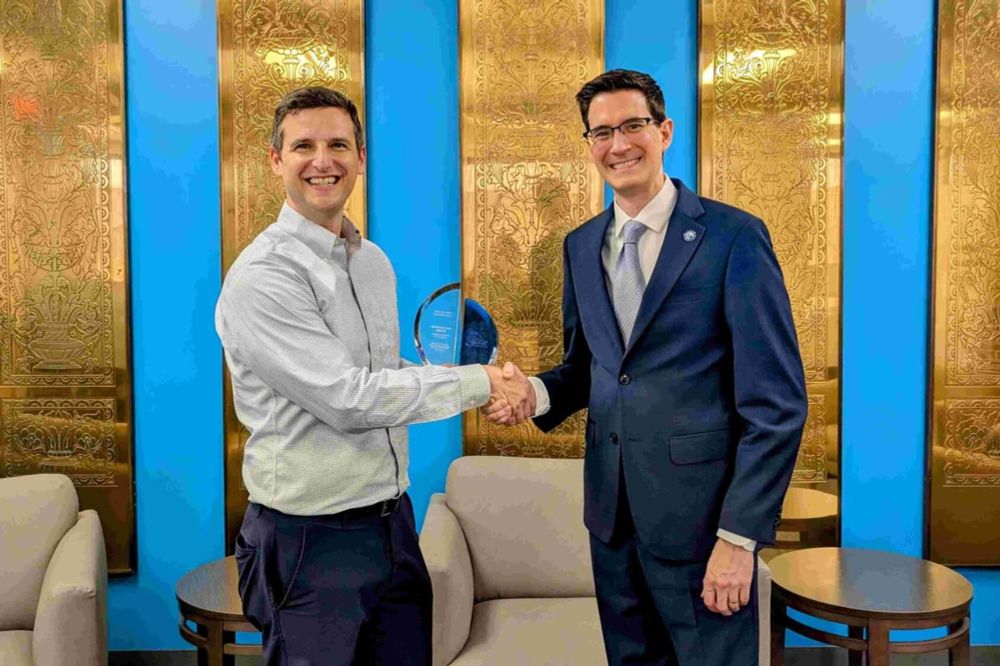
www.sciencedirect.com/science/arti...

Reposted by: Jonathan Smith

Reposted by: Jonathan Smith
Link to working paper below

Reposted by: Jonathan Smith

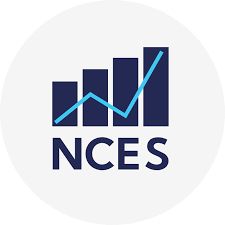
Reposted by: Jonathan Smith
doi.org/10.3368/jhr....

Reposted by: Jonathan Smith, Andrew M. Penner
View post
Reposted by: Jonathan Smith
New working paper with @palaashbhargava.bsky.social @econsandy.bsky.social @odedgurantz.bsky.social and Rob Fairlie
www.nber.org/papers/w33497
